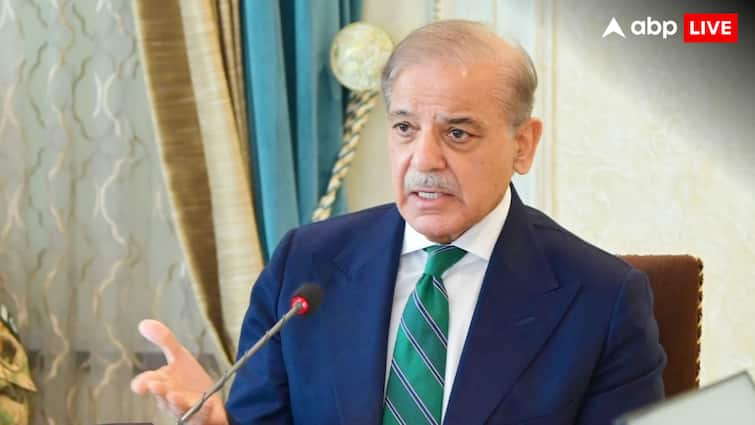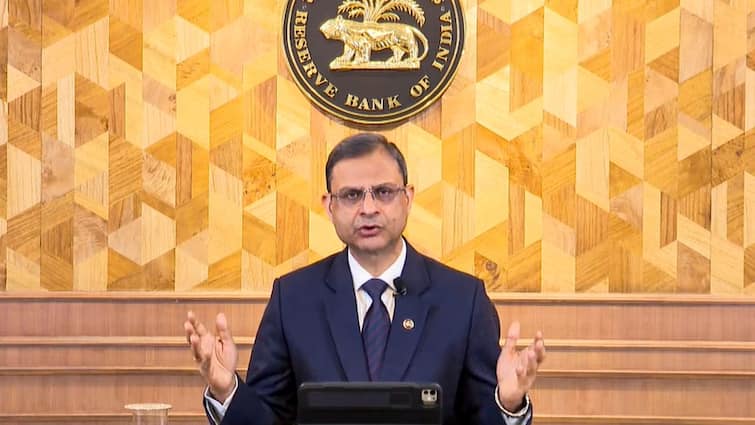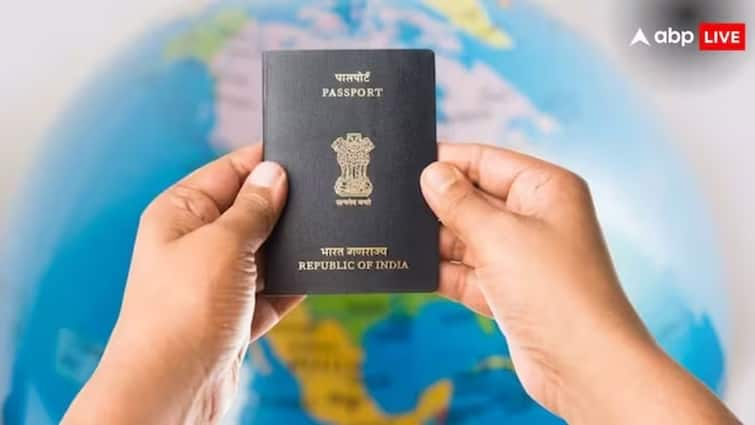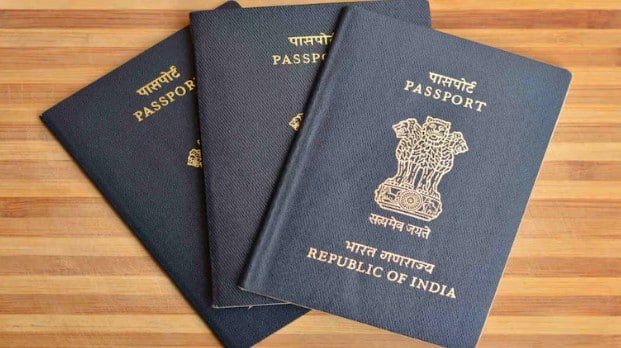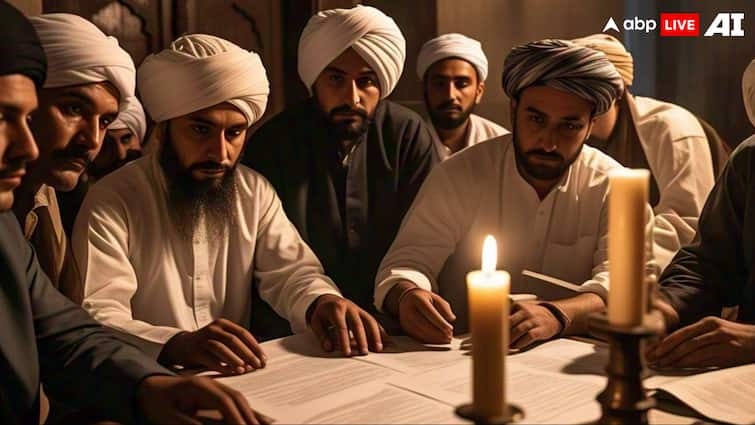
The Waqf Amendment Bill was cleared by the Parliament on Friday after it was passed by both the Lok Sabha and the Rajya Sabha after marathon debates due to the controversy surrounding it. While the ruling NDA slammed the Opposition for “misleading” the Muslims as it defended the legislation calling it beneficial for the minority community, the INDIA Bloc strongly opposed the bill, calling it “anti-Muslim”, “divisive”, and “anti-Constitution”. However, despite the protest, the Bill was passed after hours-long debates after all amendments moved by the Oppostion were rejected by voice notes.
The history of Waqf in India dates back to the pre-colonial era when Islamic rulers and nobles often endowed properties for religious and charitable purposes.
India has consistently worked to regulate and safeguard Waqf properties, recognising their religious, social, and economic significance. The first major legislation establishing a framework for their management was the Waqf Act of 1954. Legal reforms have been introduced over the years to improve governance and prevent misuse, with the key concern being not its religious practice but the proper administration of these properties.
According to the Ministry of Minority Affairs, the Waqf (Amendment) Bill 2025 builds on these efforts by promoting transparency, strengthening administrative oversight, and ensuring better protection of Waqf assets, aligning with global best practices.
History Of The Waqf
‘Waqf’ has been defined as the permanent dedication by any person of any movable or immovable property for any purpose recognised by Muslim Law as pious, religious or charitable. Once designated, the property cannot be transferred through inheritance, given away, or sold.
The word ‘Waqf’ originated from an Arabic word ‘waqufa’, which means to detain or hold or to tie up.
The Waqf system in India is often viewed as a religious matter, however, in reality, it is about property management, administration, and governance. The Waqf Act, 1995, and its amendments are aimed at regulating Waqf properties to ensure their proper use and management.
The law defines Waqf as the permanent donation of movable or immovable property by a Muslim for purposes considered religious, charitable, or beneficial to society.
Early Waqf Laws and Initial Reforms
Hindus and Muslims followed their personal laws in family affairs, but the judicial system was based on customs which governed communities and various walks of life in the pre-colonial India. The legal system set up by the British replaced this with a uniform judiciary system, with Waqf cases being presented before the Privy Council from Muslim-populated regions within the British Empire. The British refused to recognise family waqf as a legitimate insititution in the late 19th century.
The Mussalman Wakf Validating Act, 1913, allowed Muslims to create Waqfs for family benefit, which would eventually serve charitable purposes. However, its impact on Waqf management was limited.
The Mussalman Wakf Act, 1923, introduced regulations for accounting and transparency in Waqf management. This was followed by the Mussalman Wakf Validating Act, 1930, which reinforced the legal validity of family Waqfs, strengthening the provisions of the 1913 Act.
The Wakf Act, 1954, marked a major shift in Waqf governance. It established State Waqf Boards (SWBs) to oversee Waqf properties and introduced the Central Waqf Council of India in 1964 to supervise state boards. This was a crucial step toward the centralisation of Waqf administration. The Waqf Act empowered state governments under Section 9(1) to set up Waqf Boards to manage these properties.
Subsequent amendments in 1959, 1964, 1969, and 1984 sought to further strengthen Waqf administration.
The Waqf Act, 1995, repealed the 1954 Act and its amendments, creating a more structured framework for Waqf governance. The Act defined the powers and responsibilities of the Waqf Council, State Waqf Boards, and the Chief Executive Officer. It also outlined the duties of mutawallis (Waqf administrators) and established Waqf Tribunals, granting them judicial authority similar to civil courts.
Their decisions were made final and could not be challenged in civil courts.
Key Changes Under the Waqf (Amendment) Act, 2013
Major changes were made under the Waqf (Amendment) Act, 2013. These included:
- Formation of three-member Waqf Tribunals, with a mandatory Muslim law expert.
- Requirement for at least two women members on every State Waqf Board.
- Prohibition of the sale or gifting of Waqf properties.
- Extension of Waqf property lease periods from 3 years to 30 years to enhance their utilisation.
Waqf Properties In India
According to the Ministry of Minority Affairs, there are 8.72 lakh properties, covering an area of more than 38 lakh acres of land across 30 States/UTs. The data available on WAMSI portal on the basis of information from 32 Boards in India. Out of the 8.72 lakh properties, 4.02 lakhs are Waqf by user.
The Ownership Rights Establishing Documents (deeds) for the remaining properties have been uploaded on the WAMSI Portal for 9279 cases. Only 1083 Waqf deeds have been uploaded so far.
ALSO READ: Waqf Amendment Bill Passed By Rajya Sabha With 128-95 Votes After Another Marathon Debate
Doonited Affiliated: Syndicate News Hunt
This report has been published as part of an auto-generated syndicated wire feed. Except for the headline, the content has not been modified or edited by Doonited



























